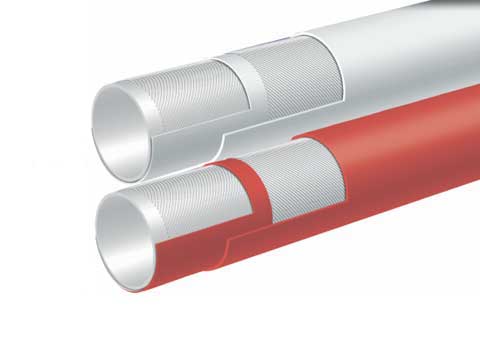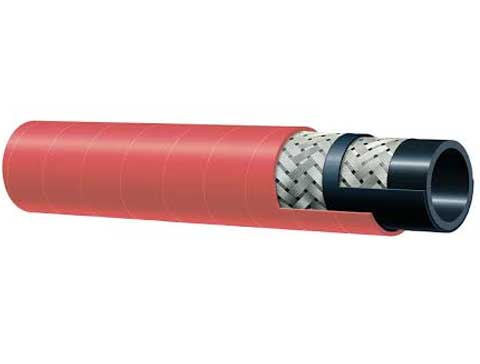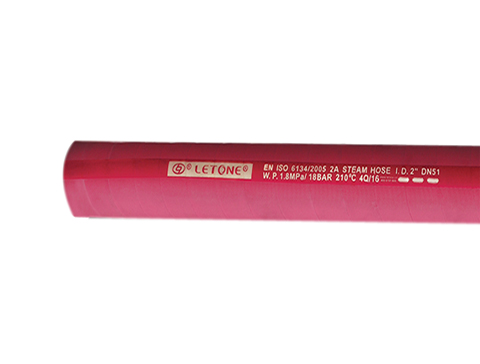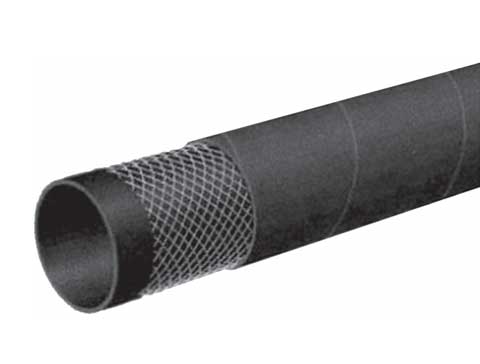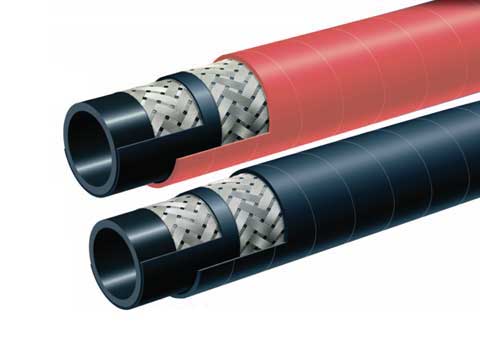API well control hoses are an essential component in the operation of oil and gas wells. They are responsible for transferring fluids between the surface and subsurface of the well, ensuring that the well operates effectively and efficiently. However, improper use or maintenance of API well control hoses can lead to costly repairs, safety hazards, and even environmental damage. In this article, we will discuss some precautions for using API well control hoses to ensure their proper function and long life.
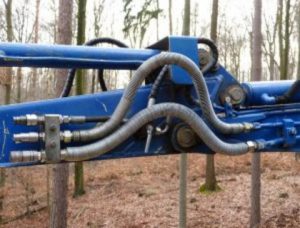 1: Selection of Proper Hose Material
The material of the API well control hose is one of the most important factors to consider when choosing a hose for your well. The material of the hose should be able to withstand the harsh conditions encountered in the oil and gas industry, including high temperatures, pressure, and corrosive fluids. Some common materials used for API well control hoses include synthetic rubber, polyurethane, and stainless steel. Each material has its own strengths and weaknesses, and the choice of material will depend on the specific requirements of your well.
When selecting a hose made from a synthetic material, it is important to check the age of the hose as well. Synthetic materials have a limited lifespan and may need to be replaced after a certain period of time. It is also important to check for any signs of wear or damage on the hose, such as cracks or bulges. If the hose shows signs of wear or damage, it may not be able to withstand the required operating conditions effectively and may need to be replaced.
2: Installation and Maintenance
Proper installation and maintenance of API well control hoses are crucial to ensure their proper function and long life. It is important to follow the manufacturer's instructions carefully when installing the hose, including proper routing, clamping, and attachment methods. It is also important to regularly inspect the hose for signs of wear or damage, such as cracks or bulges, and replace it if necessary.
In addition to regular inspection and replacement, it is important to properly store and transport API well control hoses to prevent damage during storage or transportation. Hoses should be stored in a cool, dry place away from direct sunlight and heat sources. When transporting hoses, they should be securely fastened to prevent movement or displacement during transit.
3: Safety Precautions
Safety precautions are essential when using API well control hoses. It is important to ensure that all personnel involved in the operation of the well are trained in proper hose handling techniques and safety procedures. This includes training on how to properly route, clamp, and attach hoses, as well as how to identify and handle potential hazards associated with hose use.
It is also important to ensure that all equipment related to API well control hoses is properly maintained and calibrated. This includes checking pressure gauges, flow meters, and other measuring devices to ensure accurate readings and prevent leaks or other malfunctions.
Conclusion
In conclusion, using API well control hoses properly requires careful consideration of material selection, installation and maintenance, and safety precautions. By following these precautions, you can ensure that your API well control hoses operate effectively and efficiently while minimizing the risk of costly repairs or safety hazards. It is important to consult with a qualified professional if you have any questions or concerns regarding the use of API well control hoses in your operation.
1: Selection of Proper Hose Material
The material of the API well control hose is one of the most important factors to consider when choosing a hose for your well. The material of the hose should be able to withstand the harsh conditions encountered in the oil and gas industry, including high temperatures, pressure, and corrosive fluids. Some common materials used for API well control hoses include synthetic rubber, polyurethane, and stainless steel. Each material has its own strengths and weaknesses, and the choice of material will depend on the specific requirements of your well.
When selecting a hose made from a synthetic material, it is important to check the age of the hose as well. Synthetic materials have a limited lifespan and may need to be replaced after a certain period of time. It is also important to check for any signs of wear or damage on the hose, such as cracks or bulges. If the hose shows signs of wear or damage, it may not be able to withstand the required operating conditions effectively and may need to be replaced.
2: Installation and Maintenance
Proper installation and maintenance of API well control hoses are crucial to ensure their proper function and long life. It is important to follow the manufacturer's instructions carefully when installing the hose, including proper routing, clamping, and attachment methods. It is also important to regularly inspect the hose for signs of wear or damage, such as cracks or bulges, and replace it if necessary.
In addition to regular inspection and replacement, it is important to properly store and transport API well control hoses to prevent damage during storage or transportation. Hoses should be stored in a cool, dry place away from direct sunlight and heat sources. When transporting hoses, they should be securely fastened to prevent movement or displacement during transit.
3: Safety Precautions
Safety precautions are essential when using API well control hoses. It is important to ensure that all personnel involved in the operation of the well are trained in proper hose handling techniques and safety procedures. This includes training on how to properly route, clamp, and attach hoses, as well as how to identify and handle potential hazards associated with hose use.
It is also important to ensure that all equipment related to API well control hoses is properly maintained and calibrated. This includes checking pressure gauges, flow meters, and other measuring devices to ensure accurate readings and prevent leaks or other malfunctions.
Conclusion
In conclusion, using API well control hoses properly requires careful consideration of material selection, installation and maintenance, and safety precautions. By following these precautions, you can ensure that your API well control hoses operate effectively and efficiently while minimizing the risk of costly repairs or safety hazards. It is important to consult with a qualified professional if you have any questions or concerns regarding the use of API well control hoses in your operation.

